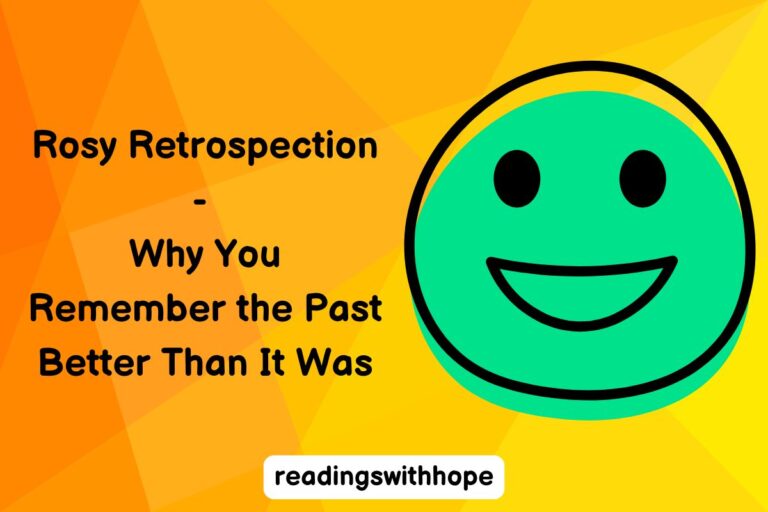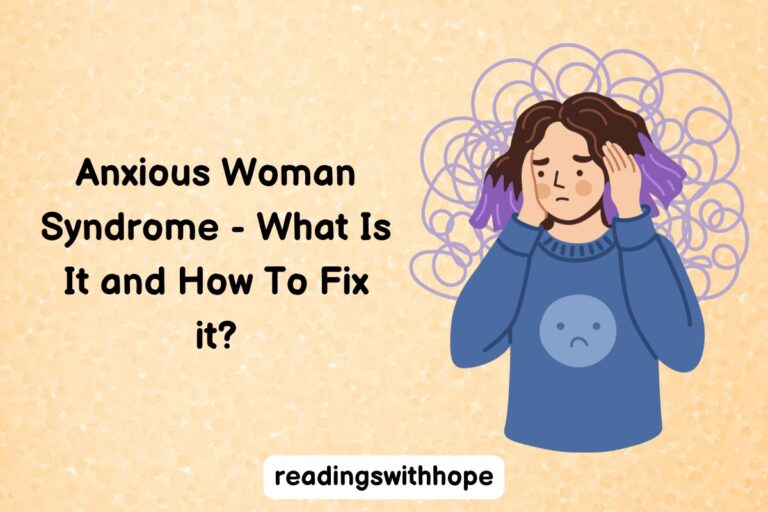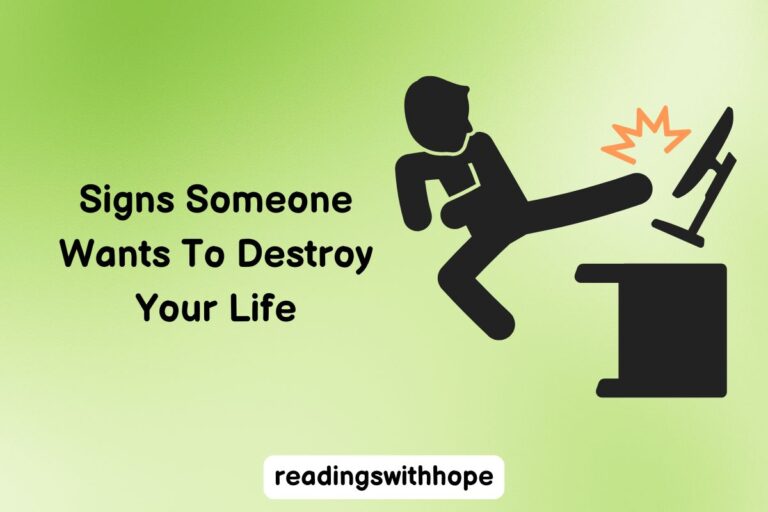What Are Joy Snacks – A 7-Minute Per Day Approach To Rewire Your Mood
I used to think of joy as something that just happened to you. Like a great song coming on at the right moment, or a surprise compliment. But the more I read, the more I realized we can actually train our brains for joy, and that too with surprisingly tiny actions.
That idea got a major boost when I came across the Big Joy Project—a massive citizen science experiment that tracked micro-practices like awe, gratitude, and kindness. It showed that just 7 minutes a day of intentionally doing these things led to better sleep, more optimism, even reduced anxiety. I wasn’t just inspired—I was intrigued. Why do such tiny actions have such an outsized effect on our brains?
Turns out, it’s not magic. It’s science. And if we’re serious about building sustainable emotional resilience—especially in a world that feels like a rolling thunderstorm—we need to start seeing joy as a skill, not a luxury.
The Most Powerful Micro-Practices That Really Work
Awe Isn’t Just for Sunsets
Let’s start with awe, because it kind of blew my mind (pun intended). Most of us think awe is reserved for massive things—Grand Canyons, rocket launches, whale sightings. But research shows you can trigger an awe response with something as simple as a 60-second video of outer space or a walk in the park.
In a 2023 study from UCSF that was part of the Big Joy Project, participants watched short videos of natural phenomena—cloud formations, trees in wind—and then reflected briefly. Their reported stress levels dropped significantly, and the effects accumulated over the week. Cortisol came down. Inflammation markers lowered. That’s real-time immune system impact—from a video!
I tried it with a group of executive coaches last fall. We used short awe clips before intense strategy sessions. Not only did it lower tension, but one client said, “I actually felt like a better listener afterward.” That tracks—awe expands perception and reduces ego. It makes you feel part of something larger, which neurologically dials down the brain’s default mode network (aka our internal monologue machine). Less me-focus = more openness.
Gratitude That’s Designed for Dopamine
Gratitude isn’t new. But what’s new is how we practice it. The biggest gains come not from vague thankfulness, but from specific, embodied expressions.
In fact, studies comparing gratitude journaling with gratitude letter writing showed letters win—especially when they’re delivered. Why? Dopamine. The anticipation of the reaction when someone reads your heartfelt note creates a reward loop. A 2021 fMRI study showed more ventral striatum activity (aka the brain’s reward hub) when people wrote and shared gratitude notes than when they just listed what they were grateful for.
Now, I know a lot of clients who are introverted or conflict-avoidant, and they say, “Writing a letter feels awkward.” So we’ve played with anonymous notes, thank-you emails, even a Slack channel called “micro-gratitude.” Point is: it works better when it’s social and specific. Listing things is nice. Telling someone what they mean to you rewires your emotional circuitry.
Kindness That Hits the Nervous System
The kicker with kindness is that it’s not just about feeling good—it literally shifts your vagal tone. That’s your parasympathetic nervous system saying, “You’re safe, it’s okay to relax.”
When people did one kind act a day for seven days—helping a stranger, texting encouragement, tipping more generously—the Big Joy Project tracked reduced stress, better sleep, and an increase in happiness agency (aka the belief that you can influence your mood). What’s wild is that it didn’t matter how “big” the act was. Buying a coffee for someone had the same effect as volunteering for an hour.
There’s a neurochemical cocktail behind this: oxytocin (connection), serotonin (mood), and even endogenous opioids (relief). But what matters more is consistency. I ask teams to do a “kindness sprint”—one kind act each workday for a week. On day four, people are always glowing. Not because life changed, but because they started acting like they could change it.
Celebrating Someone Else’s Wins
This one’s massively underused: capitalization, or the act of actively celebrating someone else’s success. When a friend says, “I got the promotion!” and you respond, “That’s amazing, tell me everything,” you’re doing emotional gold-mining—for both of you.
Studies show that how we respond to others’ positive news affects not just relationship quality, but also our own mood. Partners who practice capitalization regularly have stronger relationships and better baseline happiness. Even in work settings, managers who actively spotlight peer wins see boosted team morale and psychological safety.
I once did this with a burned-out engineering team. Every stand-up ended with a 60-second “shoutout” round. One guy said, “I didn’t realize I needed to hear someone say I was good at my job until it happened.” Turns out, other people’s joy is contagious when we meet it with enthusiasm.
Reframing and Purpose-Spotting
I know reframing sounds like “CBT 101,” but stick with me. The version that works best in the joy-snack context is value-linked reframing. Instead of just flipping negatives into positives, you zoom out and ask, “What does this connect to that matters to me?”
Say someone misses a deadline. Instead of saying, “It’s not that bad,” you help them reflect: “What does the way you handled this show about your priorities?” Maybe it shows that they value integrity or collaboration. Now you’re tying a bad moment to a good identity. That’s what reprograms mood responses long-term—not denial, but recontextualization.
A Stanford study found that when people reflected on personal values for even five minutes a day, they were more resilient under pressure, even during high-stakes testing. That’s not fluff—that’s neuroarchitecture.
Purpose in a Pinch
I’ve also seen powerful results from a one-minute “values pulse.” Ask yourself: What really matters to me today? Even better, Who do I want to be in this moment?
You’d be shocked at how much that interrupts rumination. It nudges the medial prefrontal cortex back online, giving you a sense of coherence, which Daniel Siegel talks about as a critical factor in mental health. We’re not just soothing symptoms here—we’re reinforcing identity-level clarity.
This works well during transitions: between Zoom calls, before parenting moments, mid-walk. I’ve used it before speaking gigs when I felt imposter syndrome kicking in. One breath, one question: Why am I here? Boom. Grounded.
A Little Breath Goes a Long Way
We can’t skip the classics. Micro-meditation—especially compassion-based or mindful breathing—still delivers. And I’ll say this: people overcomplicate it.
One minute of box breathing (inhale-4, hold-4, exhale-4, hold-4) reliably reduces heart rate variability and quiets the limbic system. Add in a compassion phrase like “May I be kind to myself,” and now you’ve paired autonomic regulation with emotional safety. It’s simple, but it’s neuroscience-backed gold.
I’ve done this with high performers who say they “don’t meditate.” Fine—call it a system reboot. They come back clearer, less reactive, and more connected.
All of these practices are tiny. That’s the point. But tiny is deceptive. Tiny is where the rewiring happens.
How These Tiny Practices Actually Rewire Your Brain
I used to think “rewiring your brain” sounded a bit overhyped—like something from a life coach’s Instagram. But once you start digging into the neuroscience, it’s actually way more interesting—and more legit—than I expected.
What we’re really talking about here is experience-dependent neuroplasticity. Your brain is constantly rewiring itself based on what you pay attention to, how often you repeat a behavior, and the emotional intensity you bring to it. When you regularly practice things like awe or gratitude, you’re not just feeling better in the moment—you’re reinforcing neural circuits that make joy more accessible over time. That’s what gives these “snacks” their power.
Your Brain Loves to Automate
Let’s start with a basic principle: the brain is an efficiency machine. Whatever you do repeatedly—complain, worry, or savor small joys—it turns that into a shortcut. Hebb’s Law says it best: neurons that fire together wire together.
So when you intentionally savor a kind gesture, reflect on a core value, or take in a moment of beauty, you’re reinforcing those circuits. The more you repeat that experience—even in microbursts—the stronger and faster those connections become.
I like to think of it like a hiking trail. The first time you try joy or awe on purpose, it’s like bushwhacking through weeds. But after a week or two? That path starts looking like a well-worn trail your brain is eager to take.
Why 7 Minutes Can Be Enough
You might wonder, “Can a few minutes a day really make a difference?” I had the same question. But here’s where the data gets interesting. In the Big Joy Project’s global dataset, participants who practiced micro-acts of emotional well-being for just one week reported:
- 26% more joy
- 23% more resilience
- 24% more energy
- 25% fewer signs of burnout
We’re not talking about monks on a mountaintop. These were everyday people. Nurses, parents, teachers, cashiers. And the biggest gains came from the folks who didn’t think they had time for self-care. That’s not a coincidence. The nervous system loves short, consistent, emotionally rich inputs. Seven minutes a day might not change your life overnight, but it absolutely starts changing the tone of your inner world.
The Default Mode Network (DMN) Gets a Break
Now let’s get a little geeky. Many joy snacks—especially awe, compassion, and gratitude—quiet something called the default mode network. That’s the system in your brain that kicks in when you’re not focused on a task. It’s where we ruminate, self-criticize, catastrophize. Sound familiar?
When the DMN is overactive, it’s often linked to depression, anxiety, and even chronic pain. But when people engage in practices that shift attention outward—like noticing nature, helping others, or reflecting on personal values—it gives the DMN a break. This isn’t just relaxation—it’s a neurological reset.
One of my clients called it “quieting the inner newsroom.” Fewer breaking alerts, more space to think clearly.
Oxytocin, Dopamine, and the Joy Cocktail
Almost every joy snack taps into at least one major feel-good neurochemical. Here’s a quick tour:
- Gratitude boosts dopamine and serotonin.
- Acts of kindness release oxytocin and endorphins.
- Awe reduces activity in the amygdala, lowering fear responses.
- Self-compassion and breathwork increase vagal tone and regulate heart rate.
What’s more fascinating is that these systems don’t just make you feel better for a moment. They train your nervous system to expect connection, safety, and possibility. That’s a very different baseline than “braced for impact.”
Long-Term Effects Are Cumulative
One of the coolest things about this work is that the effects don’t just plateau—they compound. A study in Emotion journal followed participants who wrote brief gratitude letters weekly for a month. Three months later, their baseline mood was still elevated compared to controls.
That means joy snacks aren’t just hacks. They’re a foundation.
I’ve seen this firsthand in trauma survivors, C-suite execs, and middle school teachers. At first, the change is subtle—less reactivity, slightly more patience. But give it time, and their whole posture toward life softens. And not in a vague, woo-woo way. In a “my-kids-noticed-before-I-did” kind of way.
How to Make Joy Snacks Stick in Real Life
So you’re convinced these little habits matter. Now comes the hard part: actually doing them. As much as we love to geek out on neuroscience, implementation is where the magic either happens—or doesn’t.
Here’s what I’ve found most effective when trying to embed joy practices into real-life routines (especially for folks who already feel maxed out).
Keep It Ridiculously Simple
The brain hates ambiguity. If your joy snack requires planning, searching, or too many choices, you probably won’t do it. So start with something dead simple.
- A saved YouTube playlist of awe-inspiring clips
- A sticky note prompt on your mirror: “What matters to me today?”
- A gratitude text while your coffee brews
One client calls these “joy macros”—quick, repeatable actions that require no mental gymnastics.
Stack It On Something You Already Do
This is straight from the habit science playbook: tie your joy snack to a current routine. If you brush your teeth every morning, take 30 seconds after to recall one thing you’re grateful for. If you commute, use the first minute of your drive to notice something beautiful.
You’re not adding a new behavior—you’re upgrading an old one.
I’ve seen great results when people pair joy snacks with transitions—starting the workday, ending a meeting, walking the dog. That’s when your brain is already shifting gears, making it easier to anchor new habits.
Use a Theme or Framework
Too many choices? Pick a weekly focus. Here’s a 7-day rotation I love using in group workshops:
- Monday: Awe
- Tuesday: Gratitude
- Wednesday: Kindness
- Thursday: Celebration (someone else’s win)
- Friday: Reframing
- Saturday: Values reflection
- Sunday: Breath + rest
It keeps things fresh, and it gives your brain a sense of novelty without added complexity.
Track, But Don’t Over-Engineer
Some folks thrive on habit trackers. Others get paralyzed. My take? Track it if it helps your motivation, but don’t let it become another chore.
For some clients, just jotting a sentence in their calendar—“Joy snack: called Dad, felt grounded”—is enough. Others use a shared Slack channel or journal app.
Remember, the point isn’t perfection—it’s noticing. Awareness alone starts changing your brain’s bias toward negativity.
Involve Other People
Here’s a truth I’ve learned the hard way: joy is relational. You can meditate in a cave, sure, but most of us thrive with social reinforcement.
That’s why shared joy challenges work so well. I’ve done 7-day kindness sprints with teams, where everyone shares one act per day. By day 3, people are giddy. Not because their lives are perfect—but because they’re tuning into what’s possible again.
And when you celebrate someone else’s win? You’re not just building connection—you’re reinforcing your own joy circuits too.
Plan for Bumps
Let’s be real. There will be days when joy snacks feel annoying, forced, or totally out of reach. That’s not failure. That’s the nervous system doing its thing.
When that happens, I recommend a “floor practice.” What’s the absolute minimum version of this habit you can still do?
- Can’t write a gratitude note? Whisper “thank you” while looking at a tree.
- Too anxious to meditate? Just sit and feel your feet on the ground for 30 seconds.
- No energy to help someone? Let someone go ahead of you in traffic and smile.
These aren’t throwaway gestures. They’re signals to your brain that you still have agency—and that’s where healing starts.
Final Thoughts
We’re living in a world where it’s easy to feel overwhelmed, cynical, or disconnected. But joy—real, grounded, science-backed joy—isn’t something you have to wait for. It’s something you can practice.
And just like brushing your teeth or drinking water, joy snacks work best when they become part of your rhythm. They’re not a luxury. They’re a form of emotional hygiene. A way to build resilience from the inside out.
So if you’re wondering where to start? Just pick one thing. Try it today. Watch what happens.
Because sometimes, seven minutes is all it takes to change the tone of your whole day. And enough days like that? They change a life.






